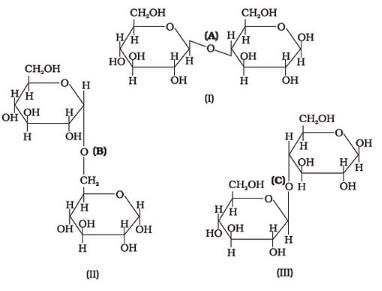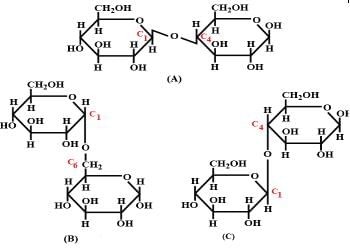HSSC TGT Science Mock Test - 10 - HSSC PGT/TGT MCQ
30 Questions MCQ Test HSSC TGT Mock Test Series 2025 - HSSC TGT Science Mock Test - 10
Which of the following is the major environment issue?
Which of the following is not an example of noise?
What will happen if all the deer are killed in the given food chain?
Grass → Deer → Lion
What should you do if you witness a road accident?
What is the purpose of wearing seat belts while driving or riding in a vehicle?
A charged particle is moving on circular path with velocity v in a uniform magnetic field B, if the velocity of the charged particle is doubled and strength of Magnetic field is halved, then radius becomes
Three structures are given below in which two glucose units are linked. Which of these linkages between glucose units are between C1 and C4 and which linkages are between C1 and C6?

The physical properties of electromagnetic waves are decided by their
In the adjoining figure, SS is a spherical surface separating two media of refractive indices n1 and n2 where n1 > n2. C is the centre of curvature of the spherical surface. An observer, keeping his eye beyond C in the medium of refractive index n2 views the refracted image of an object AB placed as shown in the medium of refractive index n1. The image will be:
The mass of one mole of a substance in grams is called its
A network of tubules present inside the testis to store the sperm is called _________.
Atomic no. is the base of -
(i) Lother meyer curve
(ii) Newland octave rule
(iii) Modern periodic table
(iv) Doeberiener triad rule
(v) Long form of periodic table
Assertion: If a predator is too efficient and overexploits its prey, then prey might become extinct.
Reason: The predator will also become extinct for lack of food.
Continuity of cytoplasm from the cell to cell is maintained through cytoplasmic connections in plants called
Each seminiferous tubule is lined on its inside by:
How many species of plants are used for the production of the drugs currently sold in the market worldwide?























